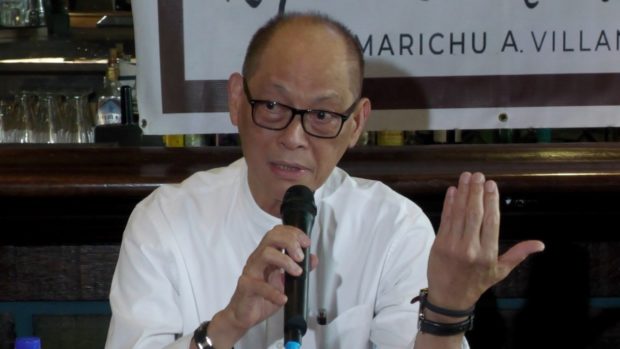Japan rating firm turns ‘positive’ on PH
MANILA -The Marcos administration is “firmly on track” to earn an ‘A’-level credit rating by 2028, Finance Secretary Benjamin Diokno said, as the Japan-based rater Rating and Investment Information Inc. (R&I) affirmed the Philippines’ investment-grade credit rating of “BBB+” and revised the outlook to “positive.”
In a statement dated Aug. 7, R&I noted that the Philippine economy has been performing well despite uncertainty surrounding the global economy.
“The fiscal deficit is improving, albeit at a moderate pace,” the credit watchdog said. “The government debt ratio is expected to start declining from 2023.”
Infra development
R&I also observed that the Marcos administration has continued the previous administration’s policies to address key infrastructure development and structural reforms, leading to better prospects that the country will make progress in raising income levels, which has been a key challenge.
“[We] will upgrade the rating, once the factors such as the economic growth path sought under the Philippine Development Plan 2023-2028, the stable macro-economic condition and the improving trend of fiscal position are confirmed,” the agency added.
Article continues after this advertisementBased on R&I’s rating scale, a BBB+ rating is two notches higher than the minimum investment grade and just one notch below “A-”—which is the lowest A-level rating.
Article continues after this advertisementImproved outlook
Diokno said in a separate statement that R&I’s improved outlook on the Philippines brings the Marcos administration closer to their goal of an ‘A’ rating within the President’s term.
“We are firmly on track to our ‘Road to A’ and remain committed to further improving the country’s investment climate through structural reforms to enhance the quality and pace of infrastructure development,” Diokno added.
The finance chief said countries that enjoy investment-grade ratings can access funding from development partners as well as international debt capital markets at lower costs due to its lower credit risk factor.
Diokno said that, to help achieve an A-level rating, the government is pushing for fiscal consolidation through the Medium-Term Fiscal Framework, which will help bring down the debt level to less than 60 percent of gross domestic product (GDP) by 2025, cut the budget deficit-to-GDP ratio to 3 percent by 2028, and maintain infrastructure spending at 5 percent to 6 percent of GDP. INQ
READ:
Marcos admin aims for ‘A’ level investment grade rating
Gov’t committee mobilized for ‘A’ credit rating
Fitch Ratings improves outlook on PH to stable from negative
